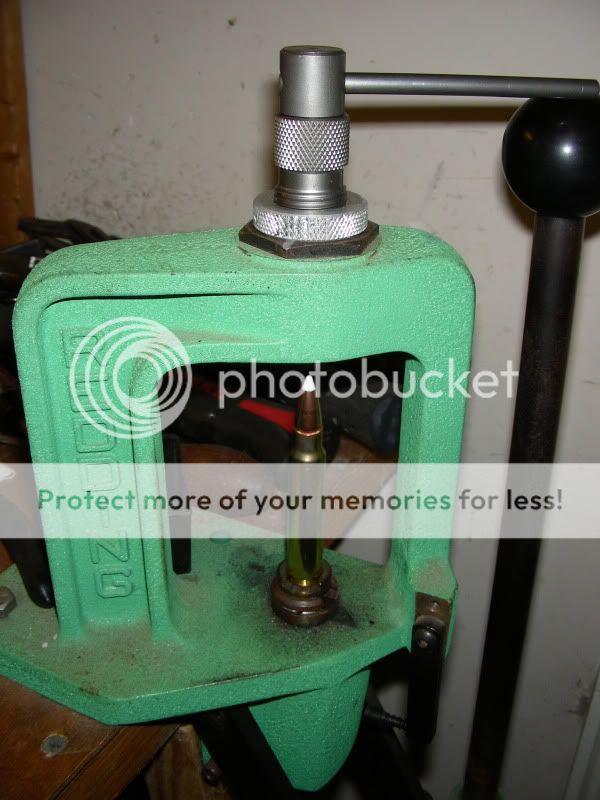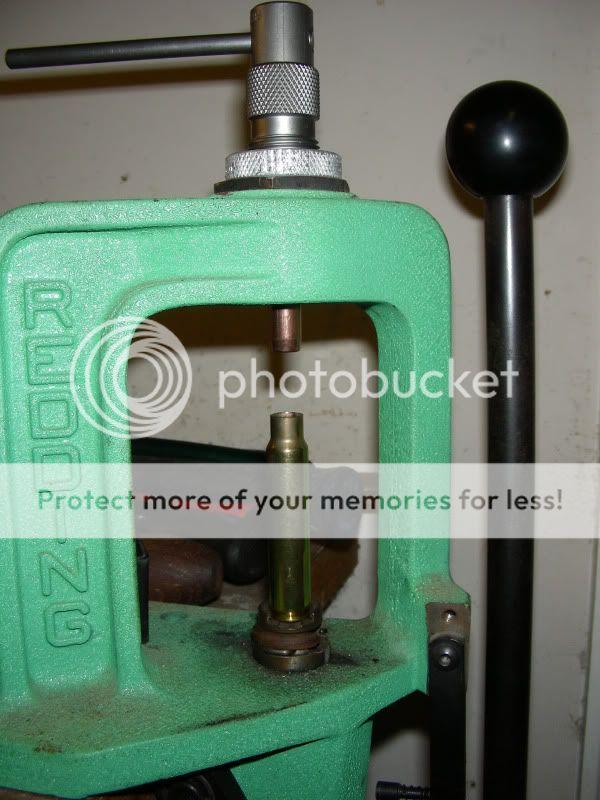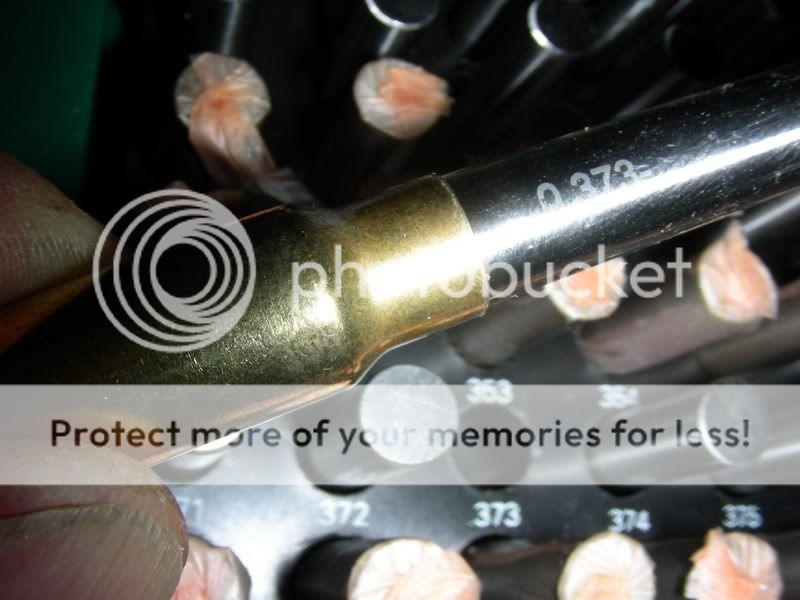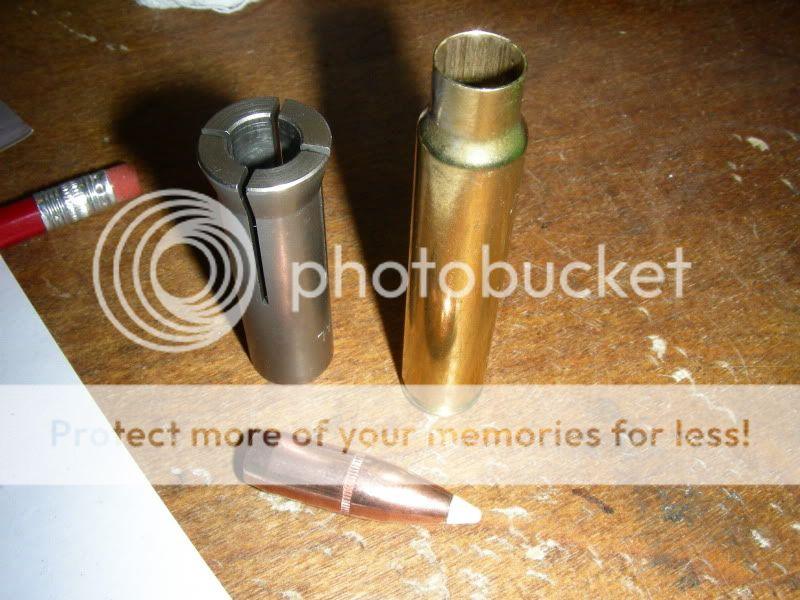"I'll express my disagreement with the premise of this post. I believe it's much more complicated."
Okay. It is a bit more that totally simple but I don't see very much complexity to the effect.
The variations you experience are easily explainable, IMHO, but there isn't much we can do about it; different sizing methods sure won't change the case neck elasticity. It is what it is and the only way we an change it is to work harden it even more or anneal it softer.
"I've experienced differing bullet tension when pulling bullets after seating bullets in cases that have been re-sized with different diameter neck bushings, simply as observed by the force on the press handle required to pull the bullets."
Yep, lever resistance isn't a precise method of gaging "pull" but it can be obvious when we do it. But, I fail to see how that is a direct result of how the sizing was done. Was it due to how long you took between the seating and pulling? For reasons not worth going into here (This is about as long as it gets for me, I'm not interested in "writers cramp") jackets start to form a bond with necks pretty quickly. If we should seat in short steps and allow an extended time between steps we would see the same increased resistance/bond between steps. There's no way (I know of) to control that, so sizing with any method isn't what's causing the pull variations you experience.
"To complicate matters further, brass case neck elasticity changes with continued firings, resizing, and reuse."
True. But that has nothing to do with how much neck "tension" (elasticity) we get with simply pulling and restoring the bullets between any specfic firing/sizing cycle, does it? And THAT is what I addressed.





